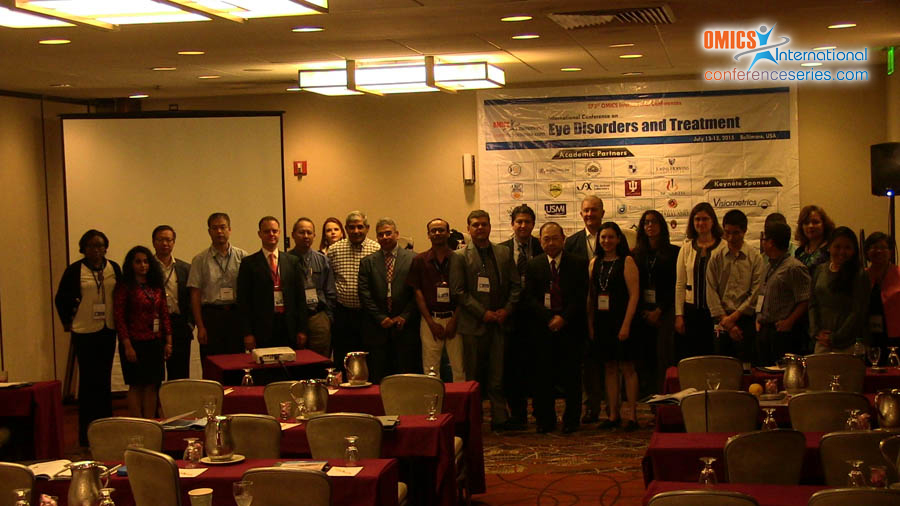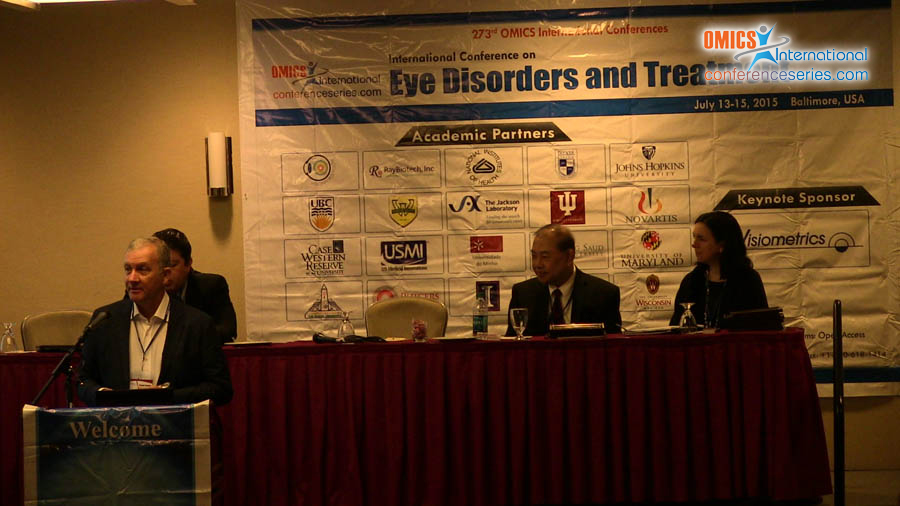Jan Bonel
Visiometrics, Spain
Title: History of OQAS/HD analyzer and quality of the tear film measured with an objective optical method
Biography
Biography: Jan Bonel
Abstract
Purpose: Following the introduction of the history of OQAS we will look into how the quality of the tear film severely affect quality of vision. The purpose of this work was to develop a novel optical non-invasive approach to characterize tear film quality. It is based on analysis of the ocular scattering dynamics measured objectively with a double-pass instrument. Methods: The procedure consists in dynamic recording of double-pass (DP) images during unforced tear film break-up. Series of images (every half second) are recorded in the eyes of a group of both healthy and dry-eye patients with a DP-based instrument (OQAS, Visiometrics, Spain). An unstable tear film would produce an elevation of the ocular scattering and in consequence a degraded retinal image. The relative dynamic changes of scatter would be related with modifications in the tear film quality. The dynamics of ocular scattering was evaluated with an Objective Scatter Index (OSI) calculated for each individual DP image. This parameter quantifies the level of scatter and its variations with time will indicate the impact of tear film deterioration. Results: In healthy eyes with good quality tear film, the analysis of the series of DP images showed that normal tear film break-up process involves minor fluctuations in the OSI value (0.5±0.2), whereas an abnormally accelerated tear film break-up tends to increase this value (0.9±0.3). Patients with diagnosed dry eyes showed both an increased average OSI value and higher fluctuations (3±2). The quality of the tear film can be determined and graded by the average value and standard deviation of the scatter parameter. Conclusions: A new robust and objective optical method to quantify the quality and stability of the tear film has been developed. It is based on measuring the induced changes in the scattering that affect the retinal image. This technique may be useful to detect and follow-up tear-film related patient’s complaints.



